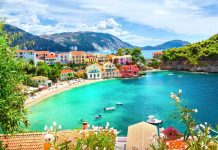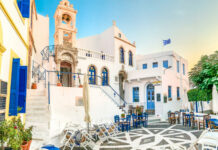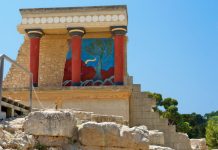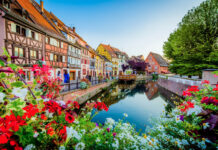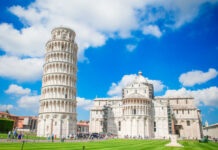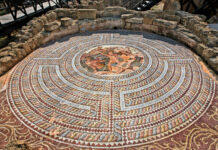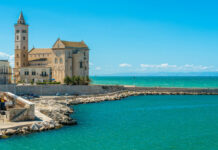11Transportation
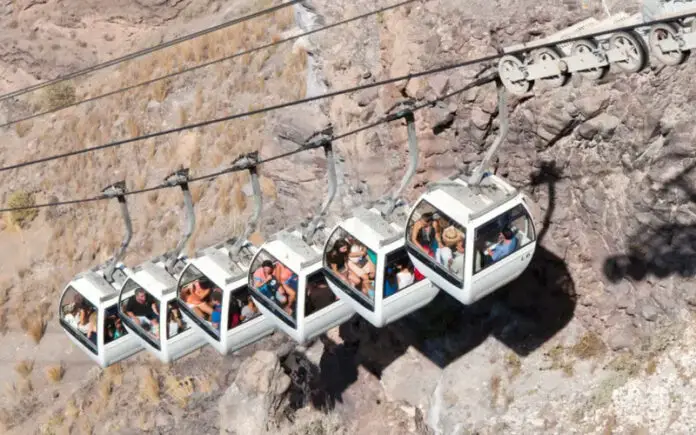
Santorini is served by Santorini International Airport (JTR), located near the village of Kamari. From the airport, you can reach your accommodation by taxi, bus, or rental car. Additionally, many visitors arrive by ferry from Athens or other Greek islands. Once on the island, transportation options include buses, taxis, rental cars, and ATVs. Keep in mind that Santorini’s narrow roads and steep cliffs can make driving challenging, so proceed with caution, especially if you choose to rent a vehicle.




